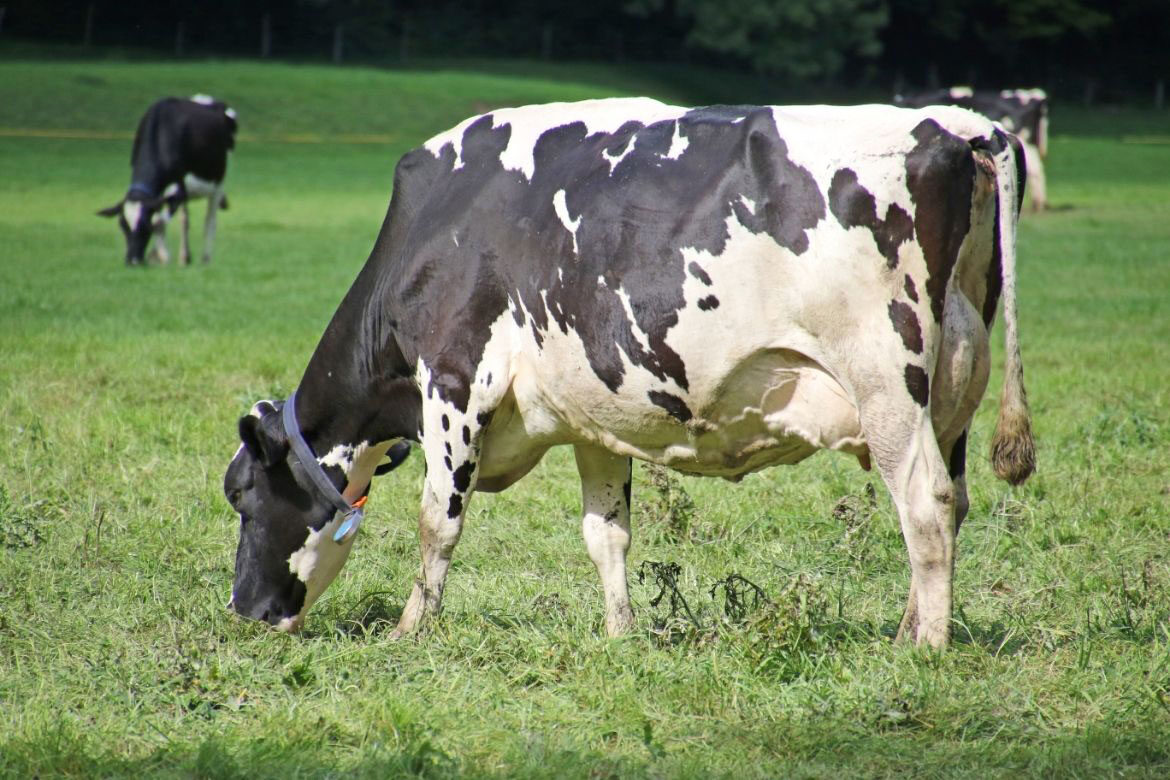Dairy inflation may be here to stay, according to the Arlington, Virginia-based National Milk Producers Federation.
There have been pullbacks in the number of cows in U.S. herds, and consequently in milk production. The reductions have been “dramatic,” and futures markets are indicating that the trend will last well into 2022.
With pandemic restrictions, it’s been getting too expensive to feed cows due to expensive grain. So farmers are shrinking their herds and sending animals to slaughter. For the cows that remain, they’re getting fed less, which means they’ll produce less milk.
There are also reports of “severe” impacts on dairy plants relating to the omicron-virus surge, with some facilities temporarily even shutting down.
In addition, rising labour and energy costs are also making it tougher for dairies to net profits.
These limitations have resulted in prices of dairy products like butter and cheese soaring.
Butter futures on the Chicago Mercantile Exchange are trading at the highest since 2017, while cheese and milk are the priciest in a year.
Retail prices can often follow wholesale price trends, filtering down to consumers. According to U.S. government data, milk at grocery stores is already seeing the highest average prices since 2015.
LSL News.

